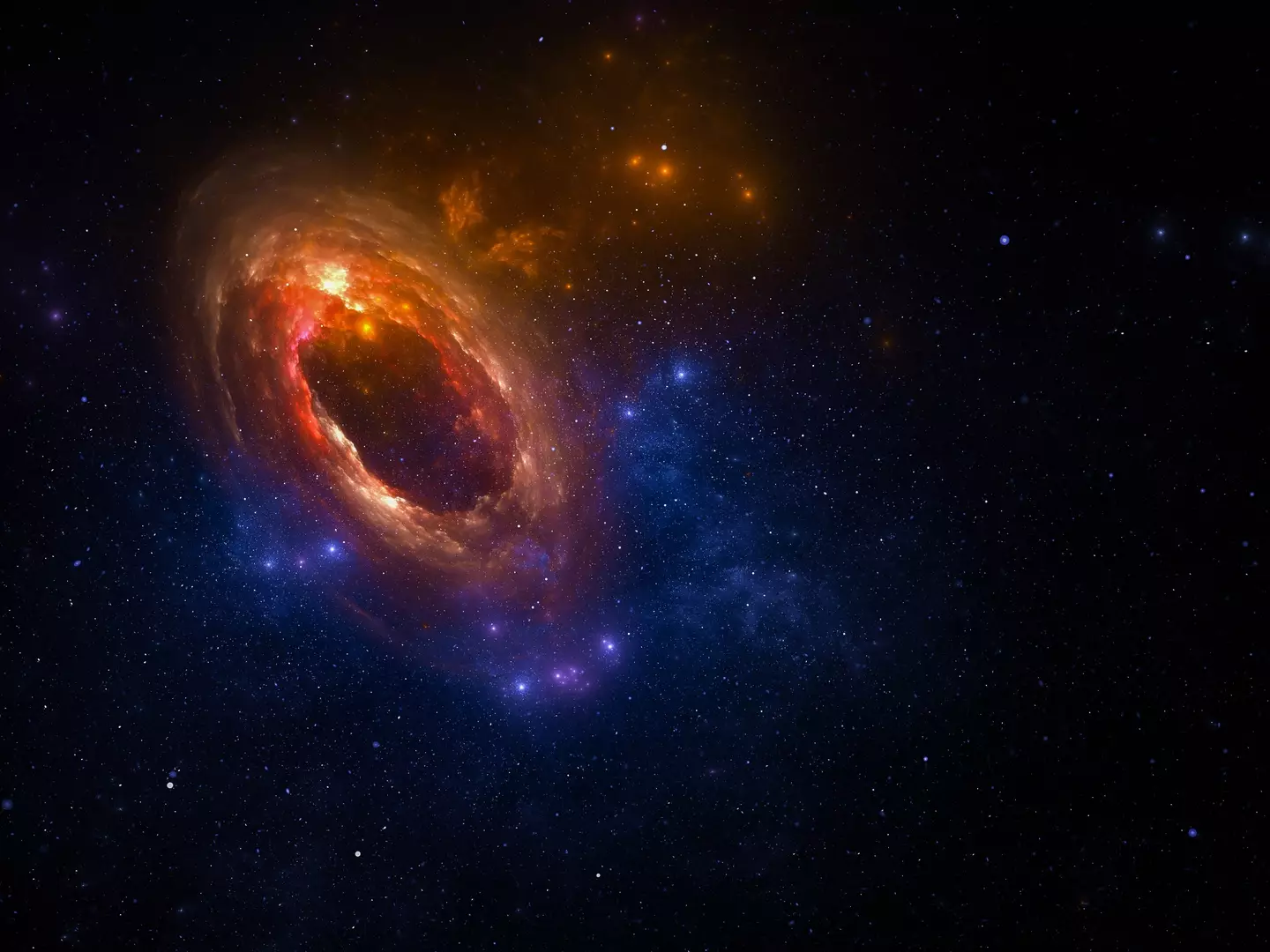
The source of mystery radio signals in space has finally been identified after almost a decade.
For the past ten years, astronomers have been detecting strange radio signals emitting from space every two hours.
Unfortunately, scientists have already ruled out aliens in this one.
But the real reason is still pretty intriguing.
Advert
According to a new study published in Nature Astronomy, the signals originate from a red dwarf and a white dwarf star orbiting each other so tightly that their magnetic fields collide and release radio signals. This is around every 125 minutes or so
These signals, called ILTJ1101, were found to be coming from near the Big Dipper, which is a grouping of stars within the constellation Ursa Major. It's located roughly 1,600 light years from Earth.

Until now, scientists had only linked radio bursts to neutron stars called magnetars, so this discovery is pretty groundbreaking.
Advert
"We worked with experts from all kinds of astronomical disciplines," said Dr. Iris de Ruiter, who led the research.
"With different techniques and observations, we got a little closer to the solution step by step."
In the future, the researchers believe that more mysterious signals from space might turn out to be binary systems like this one.
Similarly, in 2022, astronomers detected radio pulses lasting 300 milliseconds each, leading them to an unusual neutron star unlike any seen before.
Advert
Dr. Manisha Caleb, a lecturer at the University of Sydney, was the first to notice these strange pulses.
"The flash had some characteristics of a radio-emitting neutron star. But this wasn’t like anything we’d seen before," she said.
Neutron stars are the collapsed remains of massive supergiant stars and they are known to be the smallest and densest stellar objects ever discovered.

Advert
Pulsars are a type of neutron star that emit regular, repeating radio pulses as they spin.
Scientists are spotting more and more 'fast radio bursts' (FRBs) but this the origins of these slow, regular pulses remain rare.
Study co-author Dr Charles Kilpatrick, of Northwestern University, said: "The radio pulses are very similar to FRBs, but they each have different lengths.
"The pulses have much lower energies than FRBs and usually last for several seconds, as opposed to FRBs which last milliseconds."
Advert
Researchers have gained access to a large optical telescope to further learn where these pulses were coming from, such as the Low Frequency Array (LOFAR) - the largest radio telescope operating at the lowest frequencies. As such, Dr de Ruiter discovered pulses like the 'flash of a torch' arriving at Earth in 2015 after sifting through the archival data for the same area of the sky.